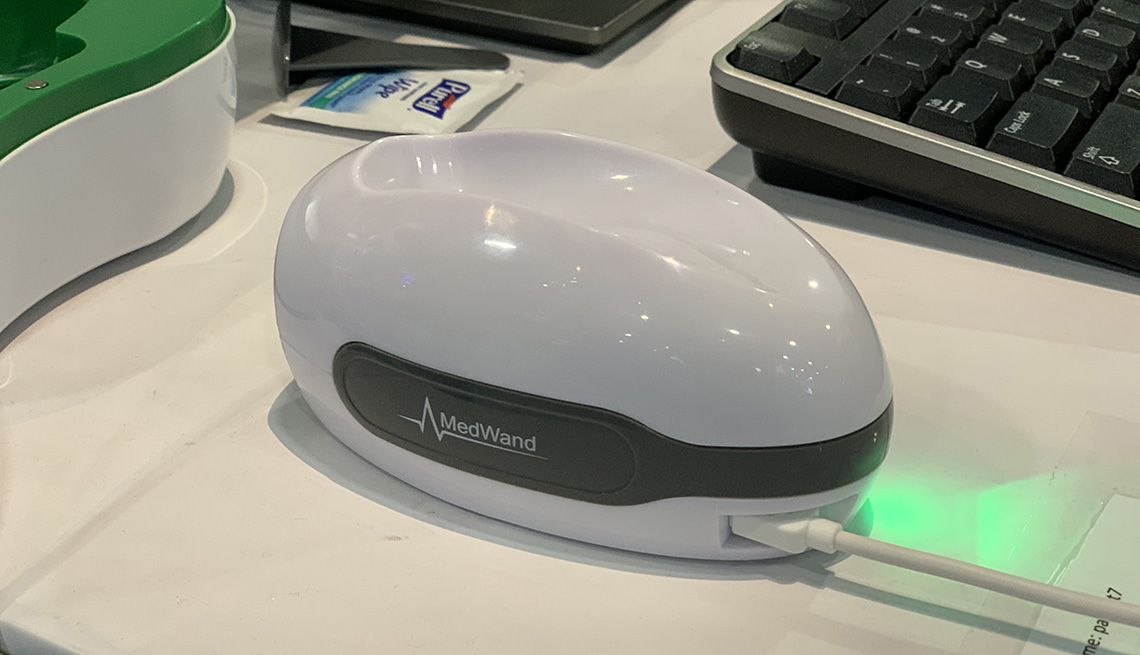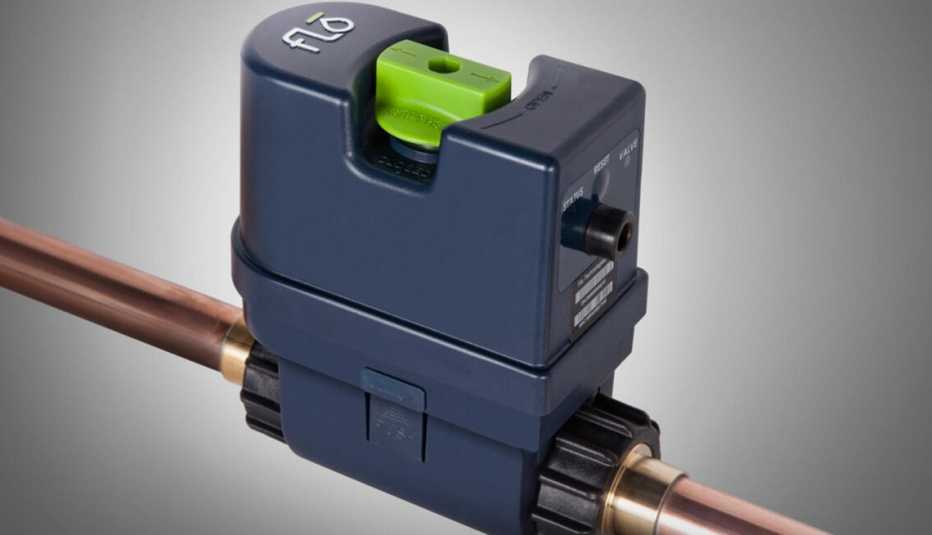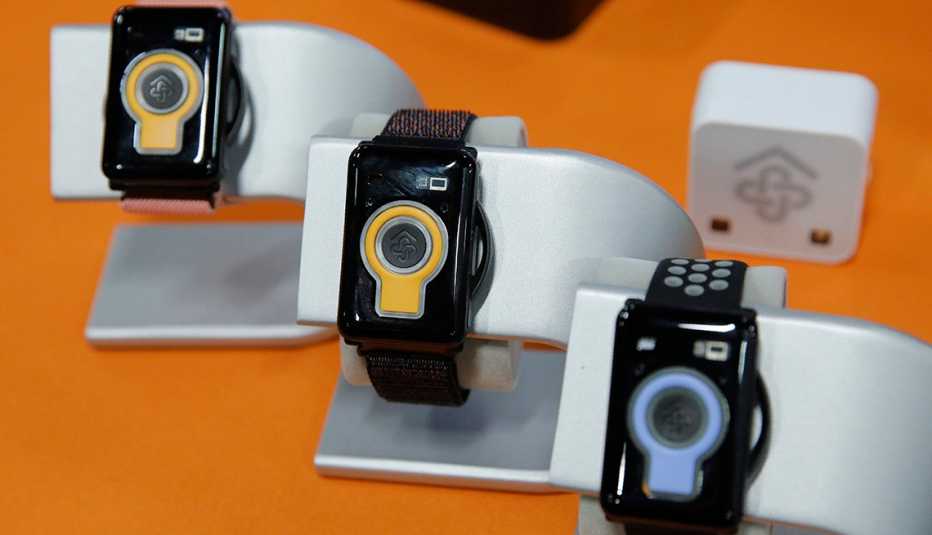AARP Hearing Center
2020 promises to be an exciting year for high-tech gadgets and gizmos.
Many of the computers, giant TVs, high-tech cars and wearable tech showcased at CES, the annual Las Vegas consumer electronics convention where more than 4,400 companies showcase their wares, aren't just prototypes but gear scheduled to be ready for buyers this year or a little beyond.
Here is a closer look at four impressive items.
Help with virtual house calls
Anyone remember the tricorder from Star Trek, a handheld medical device that can scan a person and diagnose diseases and other ailments?
While the tricorder is science fiction, the next best thing may be the MedWand, which is due out later this year for $399, pending Food and Drug Administration (FDA) approval.
About the size of a computer mouse, MedWand is a portable diagnostic tool that lets a physician remotely assess a patient. You can be sick in bed or live in a remote town, but a doctor could virtually scan you via this gadget you own when it's connected to your computer's USB port.
The second generation of the device is said to be wireless.
How does it work? This telemedicine solution has 10 scopes and sensors, including a blood pressure monitor, a dermatoscope for skin exams, an electrocardiograph, an ophthalmoscope for eye exams, an otoscope for ear exams, a pulse oximeter to help measure respiratory rates, a stethoscope for lung exams, a thermometer that doesn't require skin contact and a throat illuminator.
Samir Qamar, chief executive of Las Vegas-based MedWand, says this tool shouldn't be used for self-diagnosis but rather guided by a physician in real time or by a professional reading the captured data.








































































